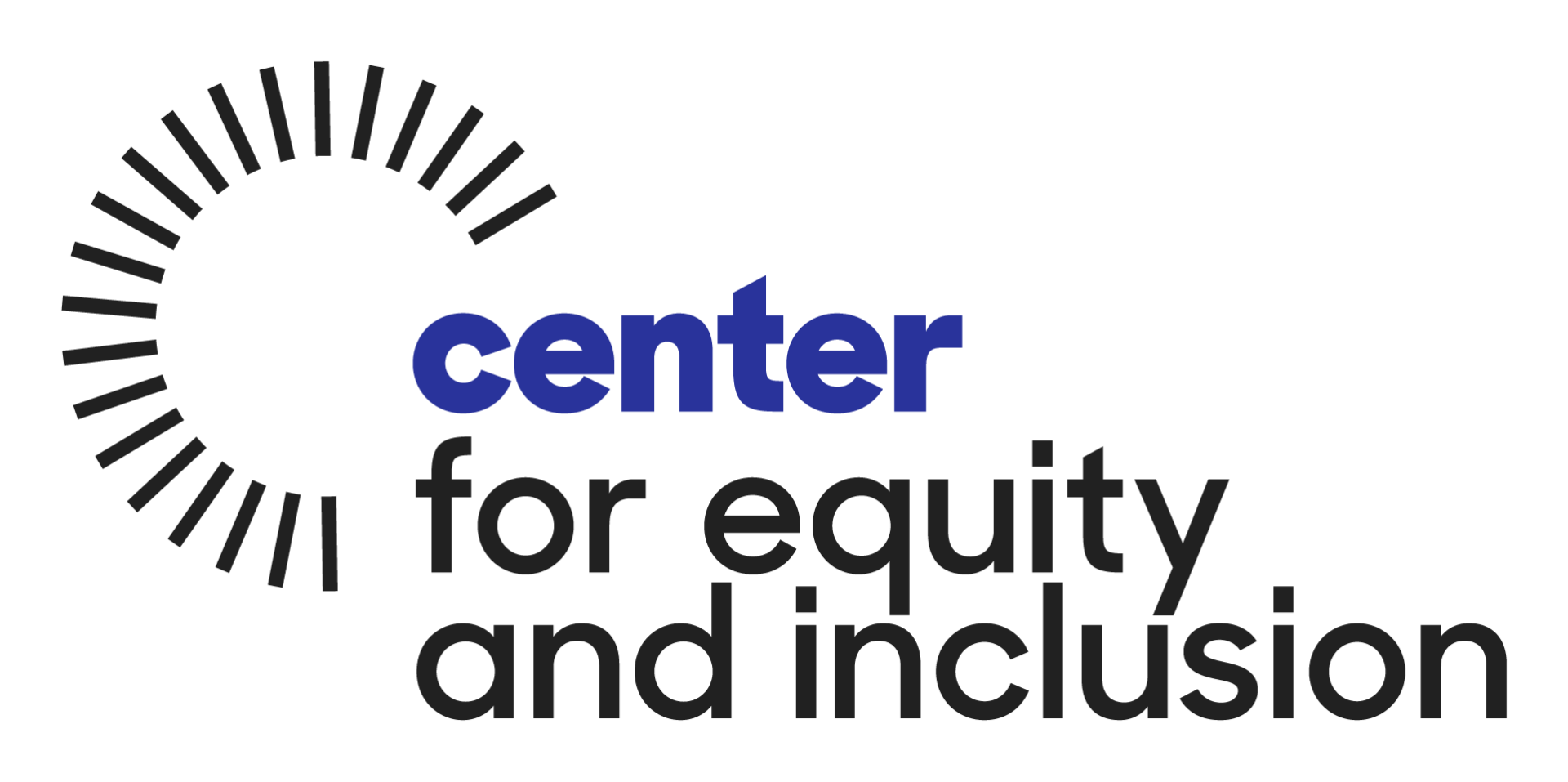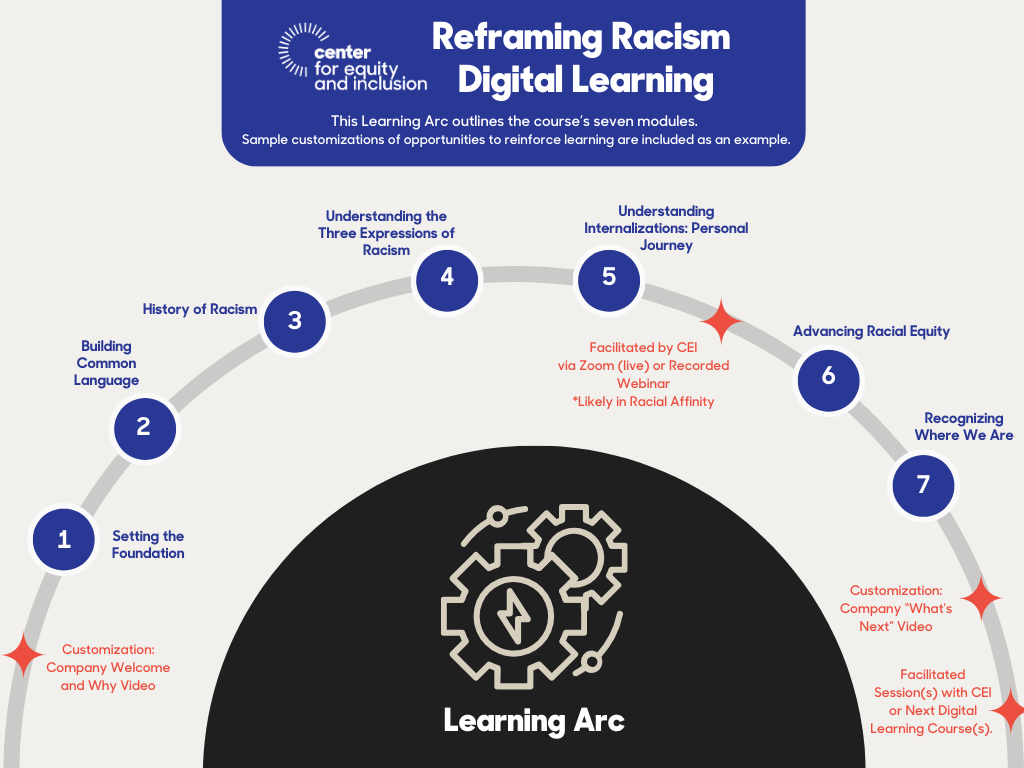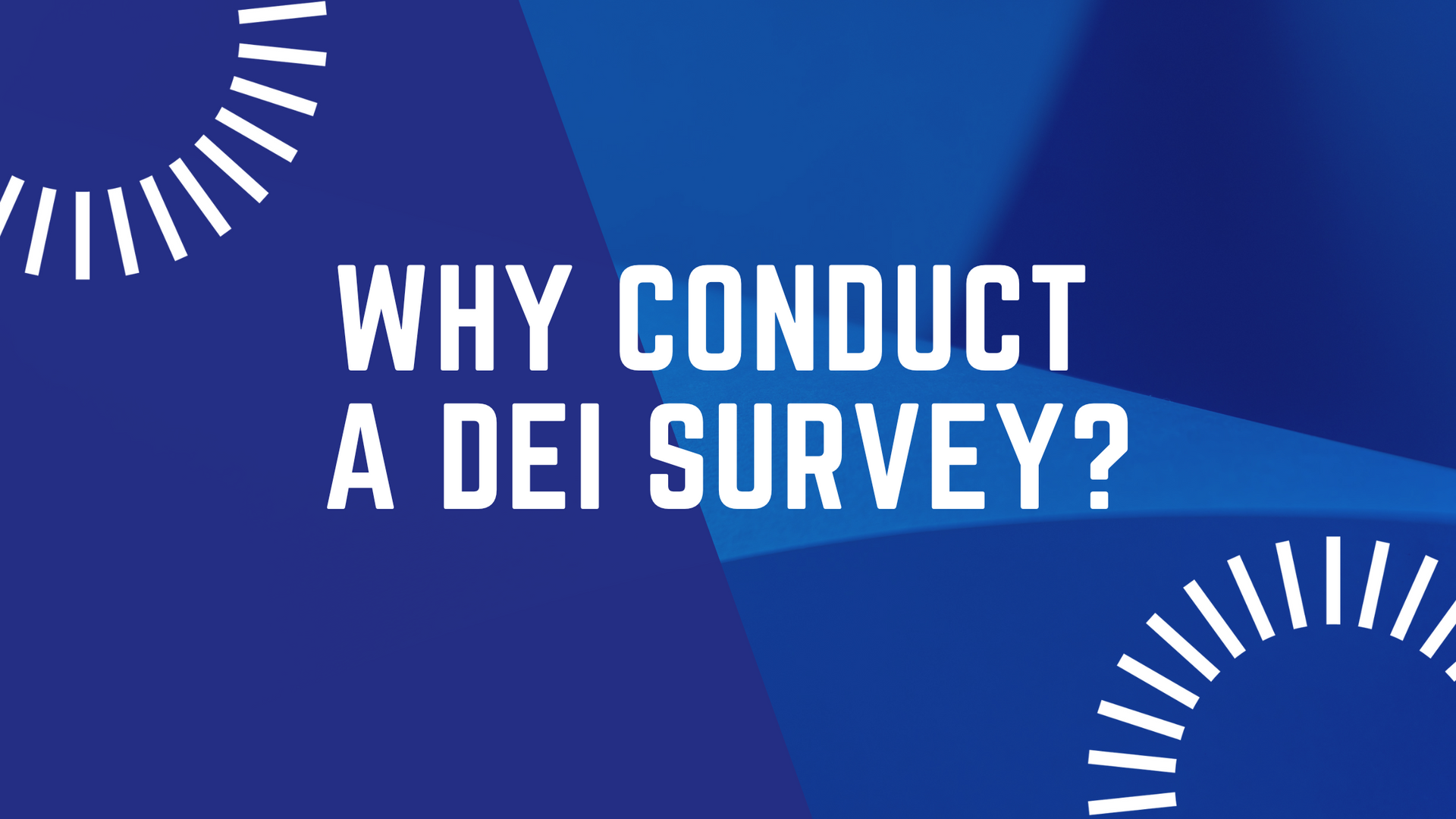Co-written By Kevin Wright and Matt LaVine
The Center for Equity Inclusion (the Center) is a specialized DEI consulting agency focused on advancing equity, diversity, and inclusion efforts within organizations, education systems, and communities. Kevin and Matt are senior race equity consultants and facilitators at the Center.
From our experience with friends, families, at parties, in ubers, on the bus – not many people actually know what we do as race equity facilitators. Whether people identify as committed to diversity, equity, and inclusion (DEI) or not, moving beyond DEI as a value to understanding what they mean in terms of action and practice is uncommon. While folx we talk to are often a little sheepish about not knowing what DEI work is about in concrete terms, we don’t think people need to feel that way.
Not knowing isn’t an individual failure, but rather a planned destruction. Our society creates systemic ignorance because “not everything that is faced can be changed, but nothing can be changed until it is faced.”
This article gives an overview of 5 common DEI issues in the workplace and some solutions for changing them.
1. Unconscious Bias in Hiring and Promotion
Unconscious bias is one of the most pervasive issues in workplace DEI. This refers to the implicit attitudes or stereotypes that influence decisions regarding hiring, promotion, and even daily interactions. Biases, whether related to identities such as race, gender, age, socio-economic background, etc., can cause organizations to overlook qualified candidates and promote an exclusive workforce that lacks diversity in thought, experience, and intersectional identities.
Solution:
Organizations must implement structured interviews and equitable criteria that become streamlined and standardized for hiring and promotion processes. Additionally, DEI training programs focused on bias awareness can help employees and managers recognize their biases and make more equitable decisions. Training is the foundational step, while changing behavior is required afterward. Leveraging masked hiring techniques—removing names, gender, and other identifiers from resumes—can also help minimize bias and create more equitable opportunities.
2. Lack of Representation in Leadership
A significant issue in many organizations is the lack of representation of womxn, people of color, and other historically marginalized groups in leadership roles. This underrepresentation can result in a lack of role models, mentors, and advocates for these groups, further perpetuating inequities. Additionally, it can signal to historically marginalized employees that they have limited upward mobility, reducing morale and job satisfaction.
Solution:
Organizations should address this issue by establishing mentorship and sponsorship programs aimed at underrepresented groups. Mentorship helps employees develop skills and gain visibility, while sponsorship provides advocacy from senior leaders who can influence career trajectories. Furthermore, setting specific goals for diverse leadership hires can encourage accountability. Companies should also regularly review their leadership pipelines to ensure they are providing equitable growth opportunities for all employees.
3. Microaggressions in Daily Interactions
Microaggressions—subtle, often unintentional, comments or actions that express a prejudiced attitude—are another prevalent issue in the workplace. These behaviors, such as assuming a colleague of color is less competent or frequently mispronouncing someone’s name, may seem minor. Still, they can create a hostile or uncomfortable environment for marginalized employees. Over time, microaggressions contribute to feelings of exclusion and can harm mental health, job satisfaction, and productivity.
Solution:
To address microaggressions, organizations should invest in ongoing DEI training that includes active bystander intervention strategies, encouraging employees to speak up when they witness problematic behavior. Creating a safe space for open dialogue, where employees can share their experiences without fear of retaliation, is also essential. Leadership should model inclusive behavior and respond swiftly to complaints about microaggressions, demonstrating that the organization takes these issues seriously. We offer published literature, a variety of training such as online diversity training and in-person, transformative DEI workshops at the Center.
4. Pay Inequality and Disparities in Compensation
Despite progress, pay inequities persist, particularly for womxn, people of color, LGBTQ+ individuals, and those with disabilities. These disparities are often rooted in historical inequalities. Biases in negotiation processes can perpetuate them, lack of transparency in pay structures, and the undervaluing of specific roles or industries. Pay gaps hinder financial equity and negatively affect employee retention and job satisfaction.
Solution:
Organizations should conduct regular pay audits to address pay inequality to identify and rectify disparities. They should also establish transparent compensation structures where salaries are based on objective criteria like experience, skills, and performance. Implementing standardized negotiation policies and providing training on equitable salary discussions can further help reduce disparities. In addition, companies should ensure that job roles traditionally held by womxn or marginalized groups are valued and compensated appropriately.
5. Exclusionary Work Culture and Lack of Belonging
Even in diverse organizations, employees from underrepresented groups may feel excluded if the workplace culture does not foster inclusion. This can manifest as cliquish behavior, lack of cultural awareness, or an emphasis on “fit” that unintentionally favors the dominant white culture. A lack of belonging negatively impacts employee engagement, retention, and overall job performance.
Solution:
Building an inclusive culture starts with leadership and is reinforced through policies and practices. Companies can promote inclusion by celebrating cultural diversity through events, flexible holidays, and affinity groups that allow employees to connect with others who share their backgrounds and experiences. Inclusive leadership training can also equip managers with the skills needed to create a welcoming environment where all employees feel valued and empowered to contribute fully. Furthermore, organizations should regularly solicit feedback on their inclusion efforts and adjust based on employee input.
Addressing these five common DEI issues in the workplace requires intentional action and continuous effort–action and effort that is valuable for numerous reasons. By implementing structured processes to reduce bias, promoting equitable leadership opportunities, addressing microaggressions, closing pay gaps, and fostering an inclusive work culture, organizations can create environments where all employees thrive. These solutions enhance fairness and contribute to better business outcomes by leveraging the full potential of a diverse workforce. In short, with effective DEI work, our organizations can be more ethical, efficient, and economical.
The Center has extensive experience addressing all of these workplace issues. If you want to learn more about how we can help your organization’s unique challenges,
please connect with us.
contact us
We will get back to you as soon as possible.
Please try again later.
All Rights Reserved - Center for Equity and Inclusion
Center for Equity and Inclusion : 1801 NE Alberta St, Portland, OR 97211, USA | Phone : 503 451 3003



